
Early May and Spring migration is in full flow with large numbers of common migrants arriving, passage migrants passing through and resident species in full song with many of them well into their breeding cycle. What better day to head to one of Kent’s bird migration hotspots: Dungeness. This mass of shingle extends into the English Channel, making it a good place to spot passage seabirds and the mosaic of habitats includes beach, gravel pits, freshwater marsh, arable fields, pasture, reed beds and a network of ditches and scrubby bushes. This variety of habitats means that a lot of different bird species can be seen here on a good day.
I began my day by birding along a large reedy ditch that forms a green area within the shingle desert, close to the beach that often turns up some interesting and rare migrants. However, fine weather and no breeze meant that it was perfect for birds to fly and there were not many grounded migrants to start with. Throughout the day visiting many different parts of the Dungeness peninsula and rapidly changing weather conditions meant that I saw a lot of good birds including some great photographic opportunities with commoner birds as well as some much scarcer birds out to sea.
Although the start to the day did not turn up any rare birds I did get extremely good views of several Northern Wheatears, with the males looking really good in breeding plumage. I usually think of Wheatear as an upland bird but there are a few pairs that breed on the stony plain at Dungeness.
The Wheatears were joined by small flocks of flighty Linnets and a couple of Meadow Pipits while the reedy ditch was full of singing Sedge Warblers enjoying the calm sunny conditions. To get the best view I just sat down near the reeds and waited. Eventually one performed quite nicely from the top of a bramble.
There were also a few Reed Warblers singing from the reeds but I was ready to move on although a Reed Bunting which started feeding close by distracted me for a bit longer.
Close up observations of birds like this take time and as I wanted to visit another spot I drove back inland along the access road that passes through the shingle lands before entering areas of pasture containing sheep. In this area rough grassland attracted a few Pied Wagtails but when I noticed a striking Yellow Wagtail I stopped the car.
The Yellow Wagtail above is of the subspecies flavissima which is the one that most commonly breeds and is seen in Britain. However, it was in the company of this second Yellow Wagtail which seems to be the subspecies flava. If anyone disagrees with me on this feel free to correct me in the comments section.
I moved onto Dungeness RSPB reserve, first visiting the ARC pits where the highlight was a pair of Little Gulls feeding on water while overhead small numbers of Sand Martins and Swallows passed over. Along with Sedge and Reed Warblers, willow bushes in this area were full of the song of Blackcaps, Common Whitethroat, Cetti’s Warbler and Lesser Whitethroat. While I was stalking a Lesser Whitethroat a surprise pooped up close by in the form of a Cetti’s Warbler; normally a very skulking bird.
Moving on to the main part of the reserve there were plenty of birds on the entry track including 7 Whimbrel feeding in a field alongside two Black-tailed Godwits, a Marsh Harrier, a Peregrine, Little Egret and a couple of Ravens being chased off by Lapwings. At the reserve car park I checked the feeders where a group of Chaffinches and a few Greenfinches were feasting on various seeds being provided.
Scanning the pits I heard another Lesser Whitethroat in the bushes next to me but failed to get a photo again but some cute Common Gulls were easier. Again this is a species I don’t usually associate with breeding in this part of the country but some do so here.
An arrival of terns had resulted in quite a few Common Terns constantly chasing each other around and checking out nesting sites on the floating platforms provided for them. A couple of Arctic Terns were also resting on a gravel island in the pits but they will not be hanging around once they had rested enough to continue their northward journey.
My last port of call was the beach in front of Dungeness nuclear power station. This is usually a good place to see gulls and other seabirds; with some interesting sightings being made over recent days I was hoping for something good. Some rain showers out to sea formed and pushed birds towards the shore with massive numbers of terns passing through. Presumably most of them were Common Terns but a group of over 100 Arctic Terns passed close enough to be able to identify them confidently. Around 8 Sandwich Terns were very easy to pick out on call and a few of them came very close.
Also moving though were small flocks of Brent Geese, three parties of Common Scoter and a Black-throated Diver that luckily came close enough to identify. Small numbers of Gannets were fishing offshore too but many birds were very distant and a struggle to identify. After about an hour of watching 2 Great Skuas came close enough to pick out before a much closer Skua flew past me. I saw it a little bit late but a few quick photos confirmed it as a Pomarine Skua before an Arctic Skua came through even closer. Once the rain squalls had stopped so did the movement of birds so I went to take a closer look at the power station.
This might seem a bit weird but a few pairs of Black Redstart nest here but somehow I rarely see them on my visits here. However, I was much luckier on this occasion with this nice male showing himself well.
While enjoying the company of this bird suddenly there was a cloud burst and I hurried back to the car before I was soaked. A quick look at my watch showed that this was a good enough time to call it a day so I headed back home, thinking about another visit to Dungeness next week.


 May 5th, 2021
May 5th, 2021  Nick
Nick 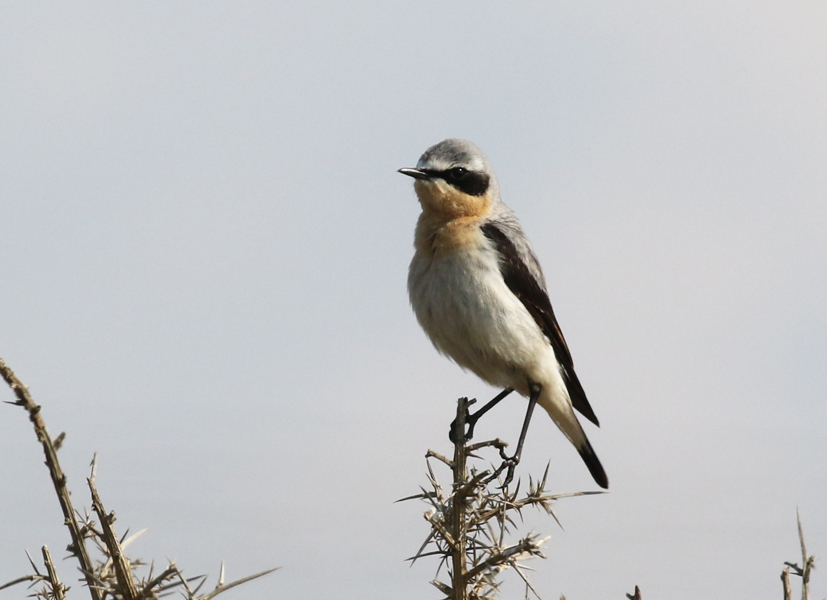
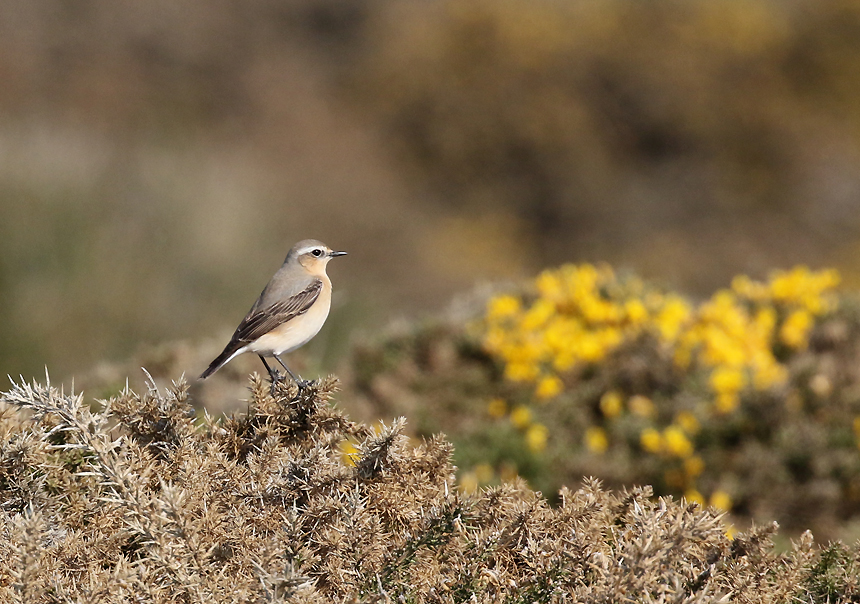
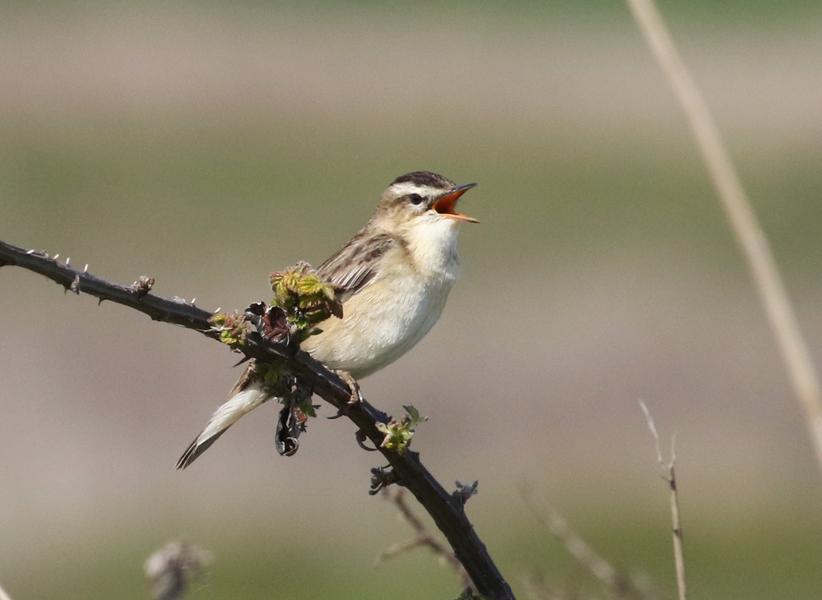
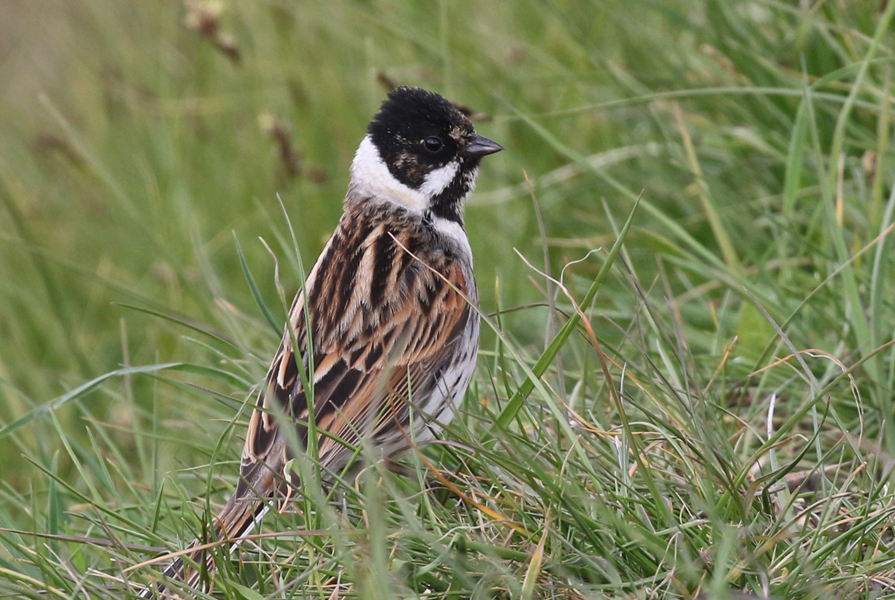
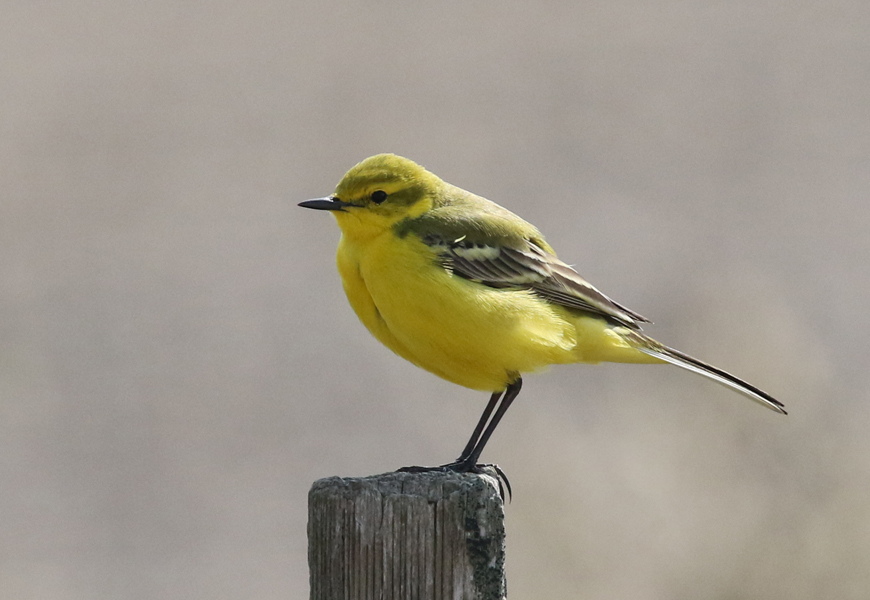

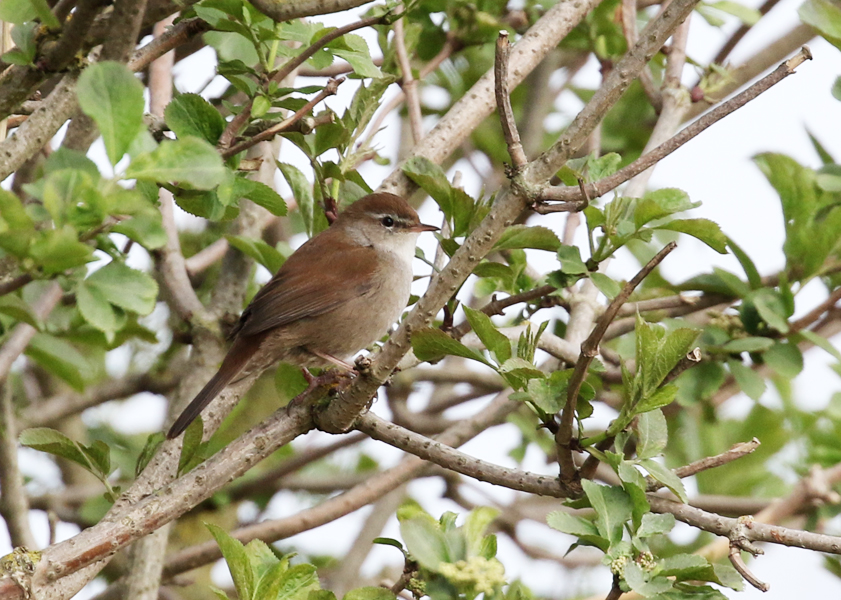
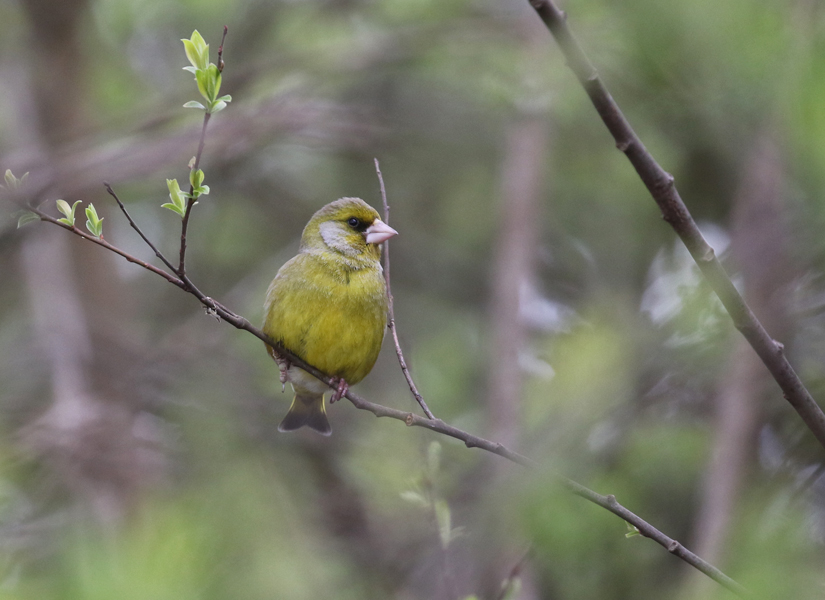
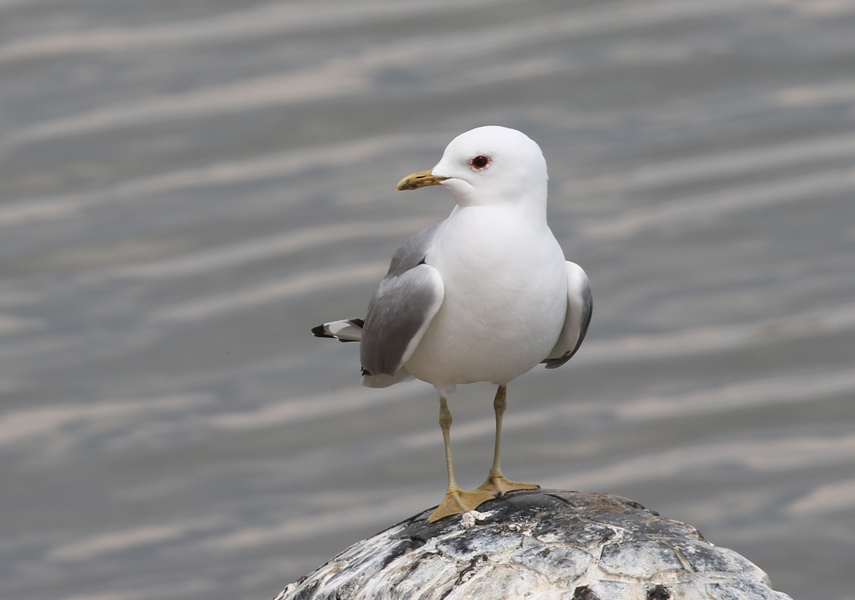
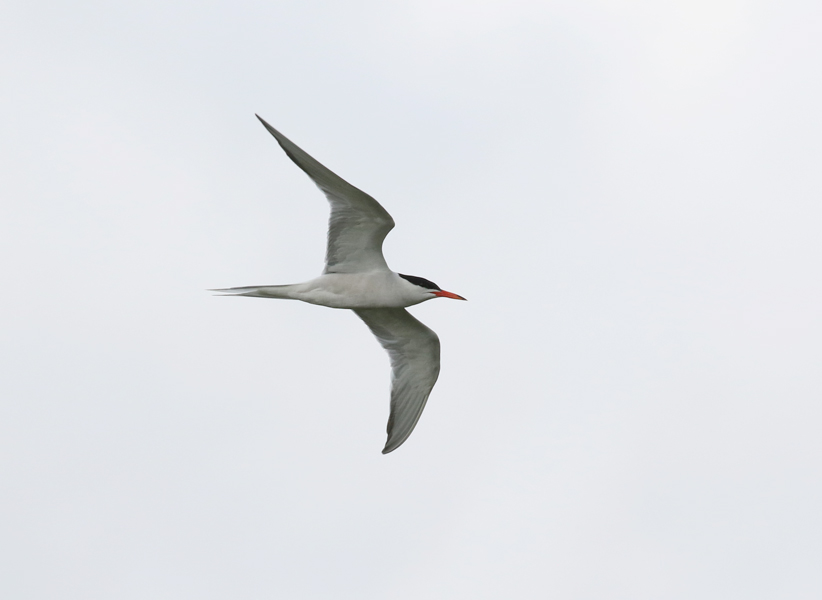
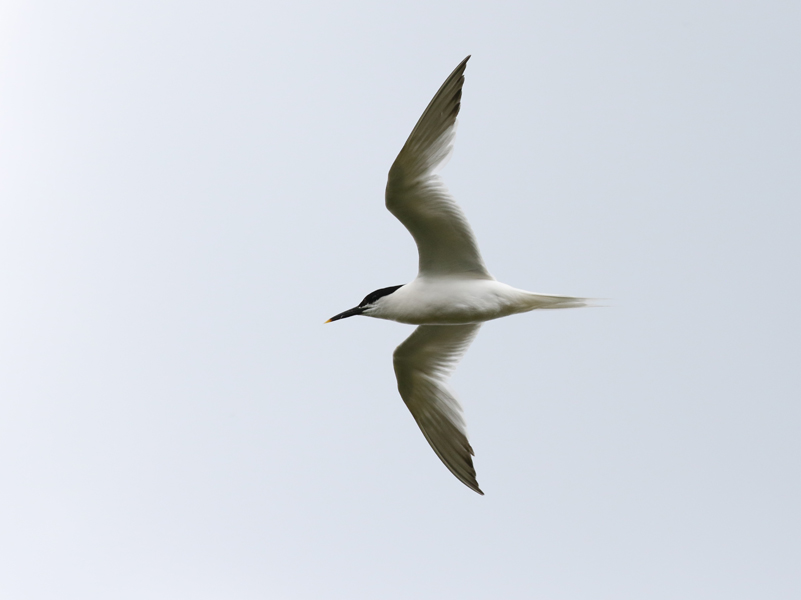
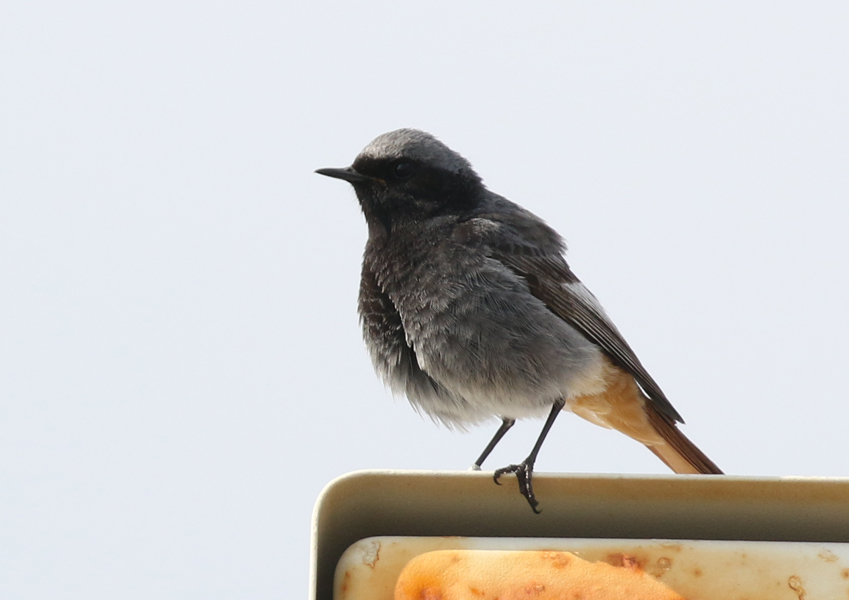
 Posted in
Posted in  Tags:
Tags: 









